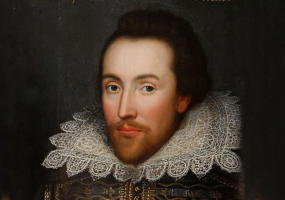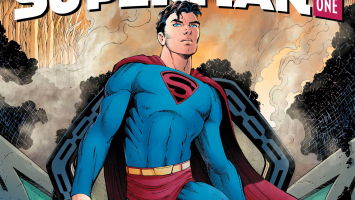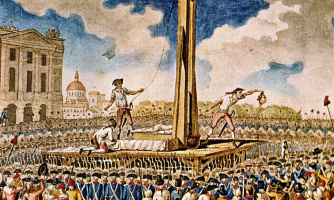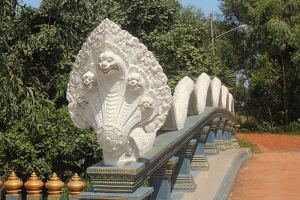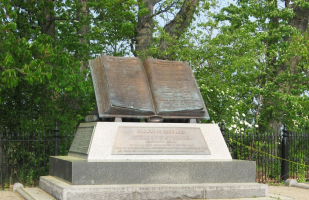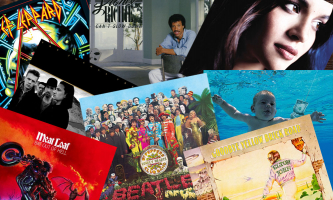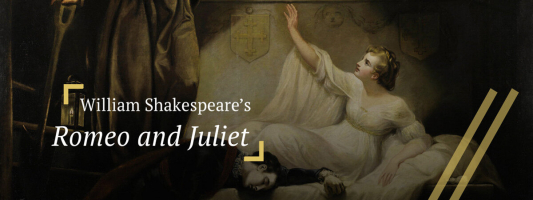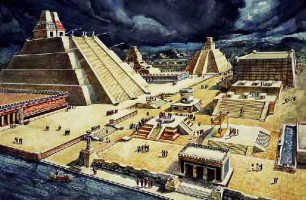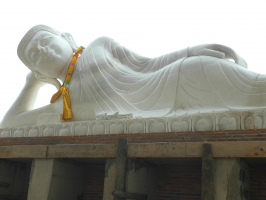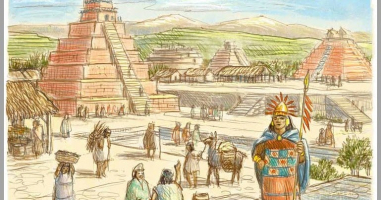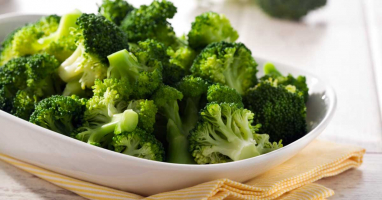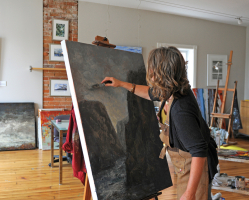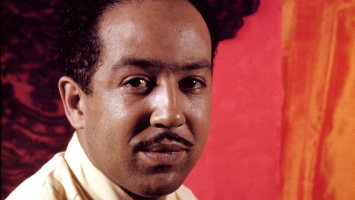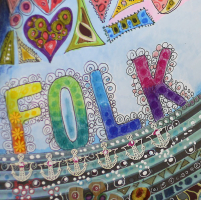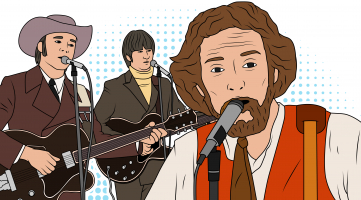Top 10 Famous Renaissance Artists And Their Masterpieces
The Renaissance was a period in European history that saw significant cultural progress, lasting from the 14th through the 17th centuries. The term ... read more..."Renaissance" means "rebirth," and the period was so dubbed because of revived interest in old Greco-Roman civilization. It began in Italy and extended throughout Europe, causing significant changes in a variety of sectors that would have a profound and long-lasting impact on western civilization. Although the Renaissance saw advances in many sectors, it is best known for its aesthetic achievements, which had an unequaled impact on subsequent European art. Giotto di Bondone, an Italian painter, and architect from Florence, is regarded as the first of the many brilliant artists that contributed to the Renaissance. The High Renaissance, which marked the pinnacle of the Renaissance's visual arts, was led by Leonardo da Vinci, Michelangelo, and Raphael. These three collaborated on some of the most iconic works of Western art. Here are the ten most prominent Renaissance artists, along with their masterpieces.
-
Leonardo da Vinci is arguably the most well-known artist of all time and the most well-known artist of the Renaissance. Da Vinci, who is regarded as the epitome of the humanist principles of the Renaissance, was extraordinarily innovative in all fields of art and revolutionized subject study. Da Vinci was a master of several different artistic mediums, but he is best known for his paintings. Only a few of his works have survived the years, including the classic The Last Supper (1492 - 1498) and the Mona Lisa (1503 - 1506).
Despite having received very little formal schooling, da Vinci's extraordinary artistic genius led to him being regarded as one of the most accomplished painters of all time.
He was regarded as the origin of the term "Renaissance man," as his talents and hobbies included drawing, sculpture, mathematics, engineering, and inventions, among other things. Da Vinci began an apprenticeship at the age of 12 and learned metals and sculpture, which helped him develop his unique ability to depict human expressions from a young age.Da Vinci went on to establish his own techniques of perspective, chiaroscuro, naturalism, and emotional expressionism in his artworks, allowing him to convey the complexities and depths of mankind. Da Vinci's precise aesthetic considerably surpassed that of many artists who came before him, as he continued to introduce new methods of painting that helped to distinguish his artworks as extraordinary.
Da Vinci's level of genius in various domains contributed to his capacity to examine and grab nature, scientific phenomena, and human emotions with precision and depth as an intellectual. His masterpieces all displayed his command of light and perspective, as well as the overall effect that these two elements had on one another.
His abilities were enormously influential on other Renaissance painters, but some of his paintings were so subtle and talented that few artists had any possibility of ever completely reproducing them.Most of da Vinci's art, both then and now, has been immensely acclaimed but not fully understood by everyone. Da Vinci, considered one of the greatest minds in history and well ahead of his time, is credited with creating the initial sketches for immensely complex machinery such as the parachute and helicopter. Despite turning to more scientific activities before his death, da Vinci has been known mostly as a painter over the last five centuries.
Lifespan: 1452 – 1519
Nationality: Italian
Art Movements: High Renaissance
Most Famous Artworks
- The Vitruvian Man (c. 1490)
- The Last Supper (c. 1492 – 1498)
- Mona Lisa (1503 – 1506)
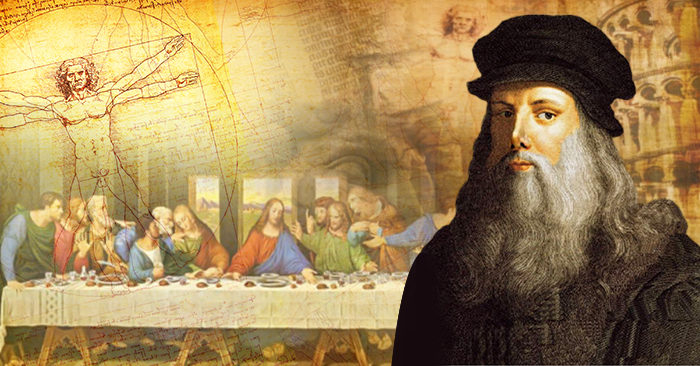
DKN News 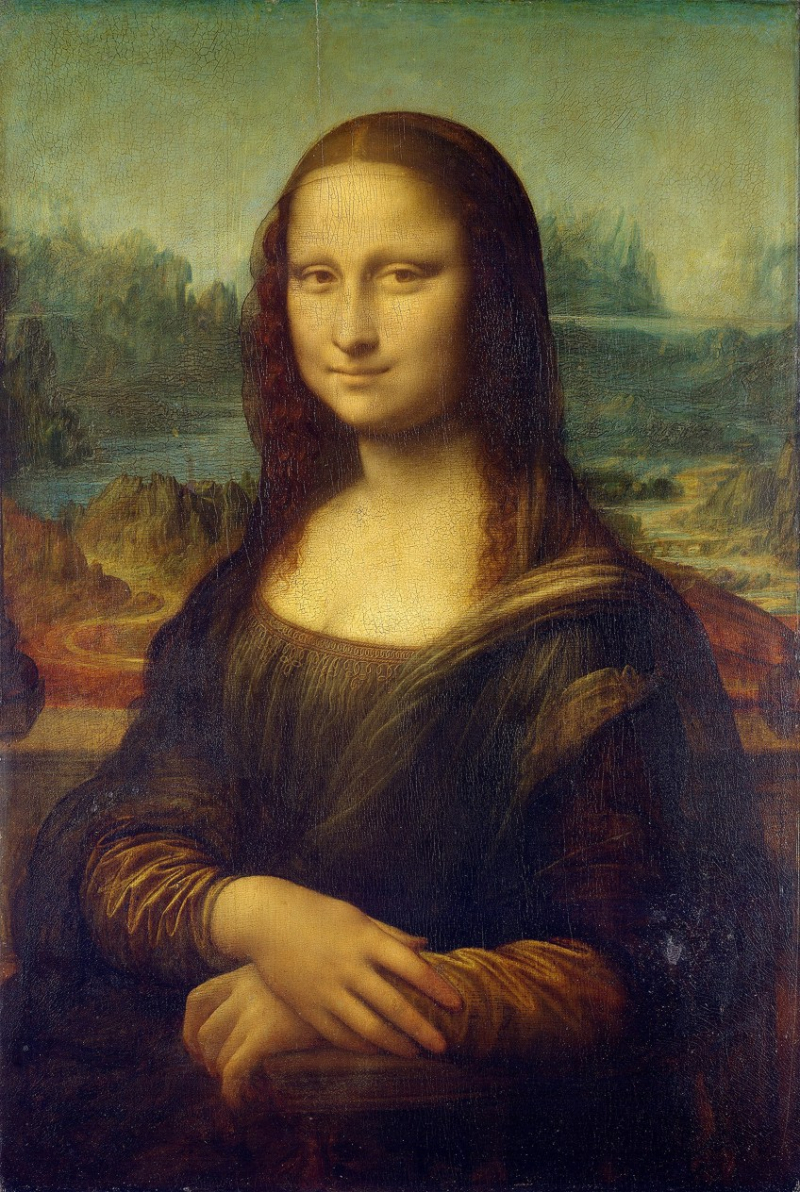
wikipedia -
Michelangelo was another iconic "Renaissance man" who was excellent in both painting and sculpture. Michelangelo, like his contemporaries Leonardo da Vinci, proved to be a master of several artistic trades, with his paintings standing out as his most renowned works. He went on to create two of the most stunning frescoes in Western art history in the Vatican's Sistine Chapel, which can still be viewed today. His ceiling works influenced many Baroque ceiling painters for years due to their detail.
Born Michelangelo Buonarotti, he was known as a prodigy in the fields of art, building, and sculpture. He tried numerous art mediums, but painting and sculpture remained constant throughout his career. The majority of his works concentrated on humans and religion, as evidenced by his frescoes in the Sistine Chapel and several commissioned sculptures. Despite his youth, Michelangelo established himself as a prominent artist after completing David (1501 - 1504).
Known as one of art history's true "characters," Michelangelo went on to become one of the Renaissance's greatest artists despite his anger, volatility, and stubbornness.Despite his reputation, Michelangelo was able to produce monumental sculptures and paintings that are still revered and worshipped today. Michelangelo's early training in sculpture, as well as the study of cadavers, helped him to become an expert at depicting anatomy, giving his artworks an unequaled level of realism. Furthermore, Michelangelo's talent in carving a full sculpture from a single block of marble has yet to be matched in art history, as he was thought to be able to convey real-life from stone.
While he was a part of the rebirth of old Greek and Roman art, Michelangelo's contributions went beyond mere imitation of classical art. His works were mixed with such intensity and emotional realism that they sparked quite a deal of criticism, as works of that intensity had not previously been seen.
Michelangelo's remarkable masterpieces continue to inspire admiration, astonishment, and awe among art enthusiasts today.As an artist, he was considered nothing short of divine, and he is widely recognized as the greatest sculptor of all time. His Renaissance achievements shone a brilliant light on Western art and architecture that endured long after his death. While many attempted to mimic his approach, it became simply impossible to create artworks in his style.
Lifespan: 1475 – 1564
Nationality: Italian
Art Movements: High Renaissance
Most Famous Artworks
- Pietà (1498 – 1499)
- David (1501 – 1504)
- Sistine Chapel ceiling (1508 – 1512)
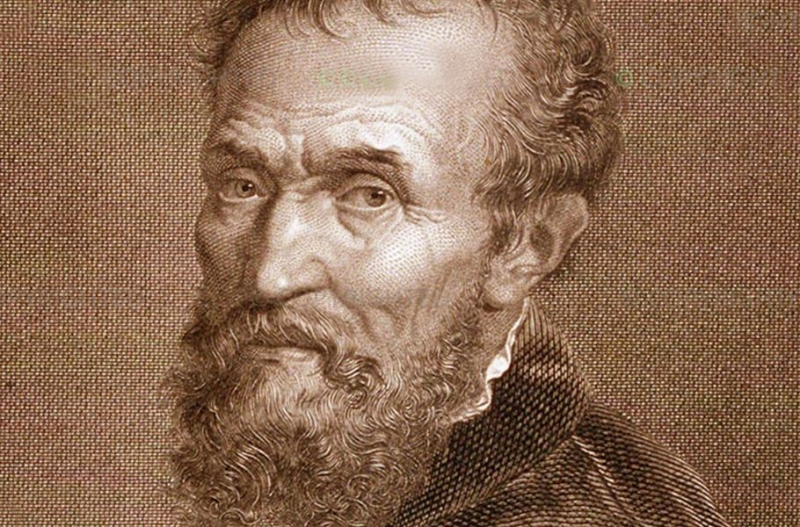
Michelangelo 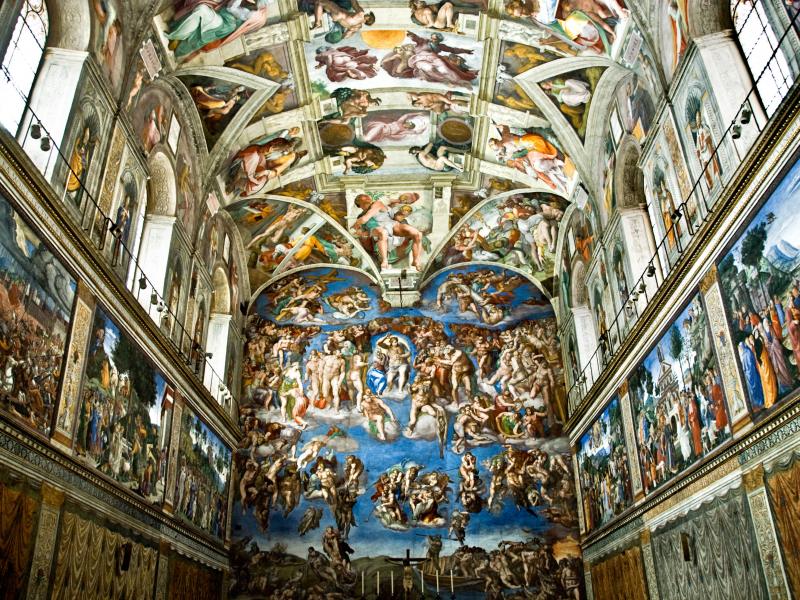
ThoughtCo -
Raphael was another famous Renaissance period artist who completed the holy trinity of renowned Renaissance artists that including Leonardo da Vinci and Michelangelo. Raphael was regarded as a master of color and harmony in his paintings, able to create the illusion of space in all of his works. Raphael's immense zest for life was particularly visible in his paintings despite his short life, as he, unfortunately, died at the age of 37. His humanist values of beauty and realism were likewise astoundingly new.
During his brief career, Raphael created a number of paintings, frescoes, and prints. A vast number of his artworks have survived because of his strict work ethic, with Raphael being lauded for his expert structure and grasp of the human form throughout these works. The majority of his works dealt with religious themes, and he was regularly commissioned by the Pope and the Catholic Church. After moving to Rome, Raphael was even chosen as the Pope's principal architect to build ecclesiastical palaces.
Raphael was regarded as a painting genius due to his harmonic compositions and brilliant coloring.He began painting as a toddler and eventually took over his father's workshop at the age of 11. As an adult, Raphael oversaw the largest art workshop of the day, which helped him establish himself as one of the Renaissance's most creative artists. Raphael's artworks were highly regarded during his lifetime, with many of his works ending up in private collections around the world.
Raphael's fame spread far and wide during his career, and his friendly and amicable personality added to his renown. Raphael's gregarious and affable disposition worked to his benefit, allowing him to gain acceptance and uncommon employment possibilities that put him ahead of his colleagues at the time.
Raphael is widely regarded as another true "Renaissance guy" due to this, as well as his competent artworks, as he demonstrated proficiency in a multitude of artistic areas.
Raphael was regarded as the master of authentically representing emotions, which helped bring his paintings to life. While his art is acclaimed worldwide for its clarity, composition, and visual brilliance, some reviewers have labeled it as overly emotional. Despite this, Raphael made such significant contributions to the Renaissance that his death has long been regarded as one of the official markers of the High Renaissance period's end.Lifespan: 1483 – 1520
Nationality: Italian
Art Movements: High Renaissance
Most Famous Artworks
- The School of Athens (1509 – 1511)
- Sistine Madonna (1512)
- The Transfiguration (1520)
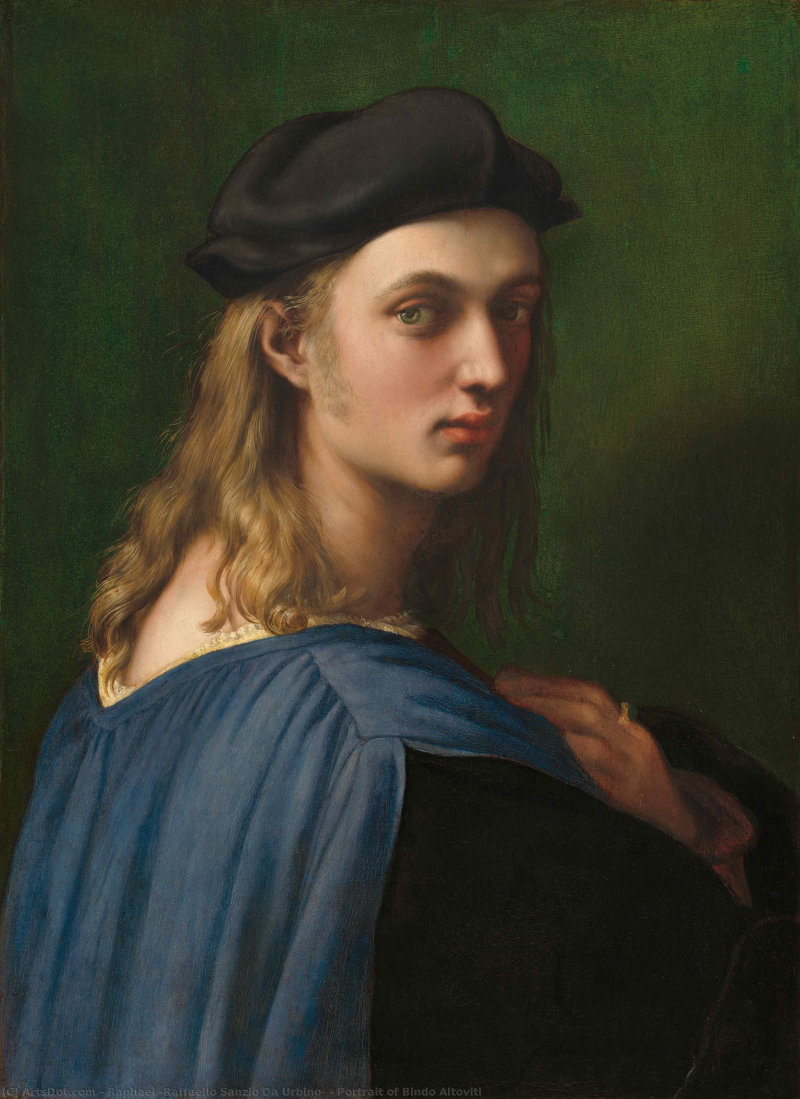
Portrait of Bindo Altoviti - Wikioo.org 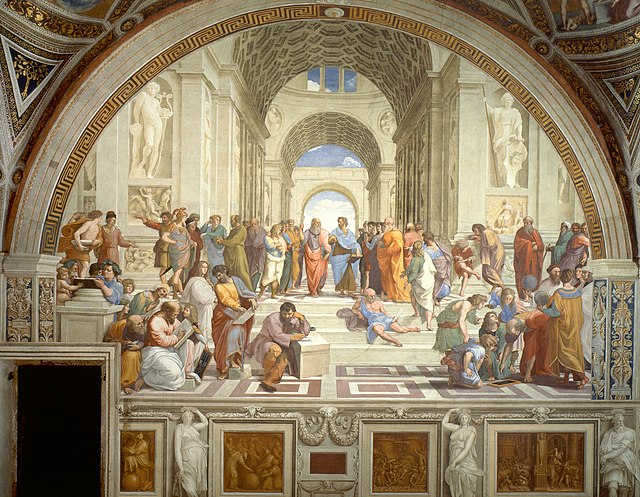
The School of Athens - Wikipedia -
Donato di Niccol di Betto Bardi, commonly known as Donatello, was an Italian Renaissance sculptor whose works were created to be seen from every available angle. After receiving training at a goldsmith's studio, he entered an apprenticeship with the illustrious Lorenzo Ghiberti and began working with metal and sculpting. Donatello, considered an inventive sculptor of his day, is credited with creating the first free-standing statue seen since antiquity, known as David (c. 1440 - 1443).
Donatello went on to become considered the most prominent sculptor to restore classical statues. Donatello employed a sort of linear perspective to make realistic and incredibly emotional sculptures that could exhibit precise representations of anguish and suffering by utilizing a style that demonstrated a unique break from Gothic approaches.
As Renaissance painters strived for a deeper engagement into the humanities component of painting, his works helped establish new aesthetics of line in the art world.His unique technique of creating incredibly lifelike and passionate works enabled him to become one of the most prominent artists in 15th century Italy, as his artworks led to his being regarded as the Renaissance's forefather. Donatello looked to the surviving works of antiquity to inspire his own sculptures, which helped popularize the Renaissance style, by exhibiting his interest in both classical sculpture and linear perspective within his artworks.
Donatello used realistic proportion, emotionality, and expression within his figures, whether they were mythic, historical, or real humans, as one of the first artists to reintroduce the nude through his sculptures. His sculptures appeared to be so vibrant and expressive that they tempted visitors to stroll around them and investigate multiple perspectives of the piece, demonstrating the importance of perspective.
In essence, his paintings gave a genuine sense of reality that had previously been lacking in idealized works and images.Donatella, who lived in Rome, Florence, and Padua throughout his life, was instrumental in spreading these new notions of perspective to other Renaissance painters and artists. The realism that he was able to achieve in his sculptures signified a complete departure from the stiff and unnatural statues that were typical during the Middle Ages. Donatella continued to sculpt until his death at the age of 79, leaving his last unfinished sculpture.
Lifespan: 1386 – 1466
Nationality: Italian
Art Movements: Early Renaissance
Most Famous Artworks
- St. George (1415 – 1417)
- David (c.1440 – 1443)
- Penitent Magdalene (1455)
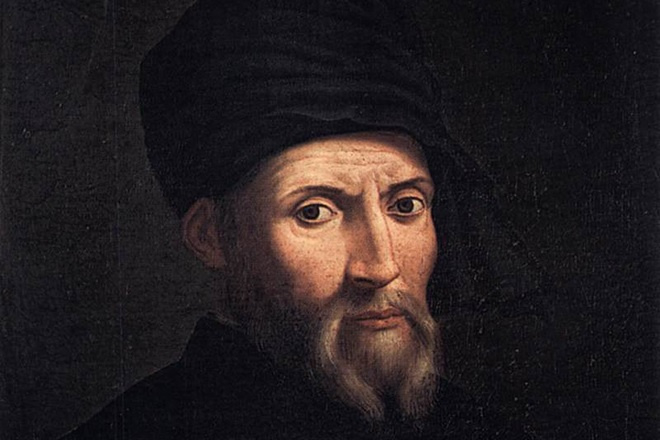
Donato di Niccolo di Betto Bardi (Donatello) - Arthive 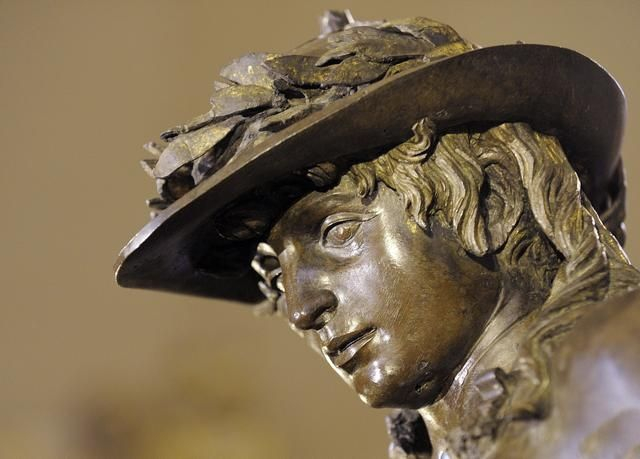
David (c.1440 – 1443) - Pinterest -
Sandro Botticelli was a well-known Renaissance painter who was known for his mastery of color and reinterpretation of antique imagery. Botticelli was a brilliant artist whose paintings concentrated on both religious subjects and mythological situations. He is regarded as the best humanist painter to emerge from the Renaissance. Throughout his career, he was best renowned for his religious altarpieces, although some of his most iconic works featured legendary figures. This is demonstrated in his most renowned painting, The Birth of Venus (1484 - 1486)
Botticelli reworked scenes of traditional figures and classical mythology by combining color, form, and perspective to create religious masterpieces that generated a remarkable type of visual poetry. As a result, his artworks were frequently vulnerable to numerous interpretations, as Botticelli frequently mixed a variety of settings and concepts.
Another distinguishing element of his was the suspension of disbelief he instilled in viewers, as Botticelli manipulated perspective in such a way that his figures had the artificial quality of not totally belonging to reality.Botticelli began his apprenticeship with Fra Filippo, where he learned how to paint frescos. This led to him painting for several churches, and thanks to Filippo's connections, Botticelli got financial backing from Florence's most powerful families. Botticelli's popularity grew as a result of his work for churches, and he was requested by the Pope to paint a fresco on the walls of the iconic Sistine Chapel.
Botticelli was in high demand throughout his career, attempting to convey as much beauty and virtue as possible in his paintings. Botticelli was regarded as a painting genius during his lifetime because of his mastery of depicting anatomy, perspective, and emotions. He also worked hard to achieve a cohesive effect when viewing his works, which added to their visual brightness and an ornamental appeal. His departure from the boundaries of classical art inspired later Renaissance painters who looked to mythology for inspiration as well.
Botticelli's paintings, inspired by a renewed interest in Greek and Roman concepts in art, represented the apex of the Renaissance's cultural blossoming.
He was one of the first Western artists since antiquity to represent non-religious subject matter in his paintings, believing that art might be created for pleasure rather than religious goals. Despite his fame, Botticelli's reputation began to deteriorate after his death. His works are now being recognized by both critics and the general audience.
Lifespan: 1445 – 1510
Nationality: Italian
Art Movements: Renaissance
Most Famous Artworks
- Adoration of the Magi (1475 – 1476)
- Primavera (1477 – 1482)
- The Birth of Venus (1484 – 1486)
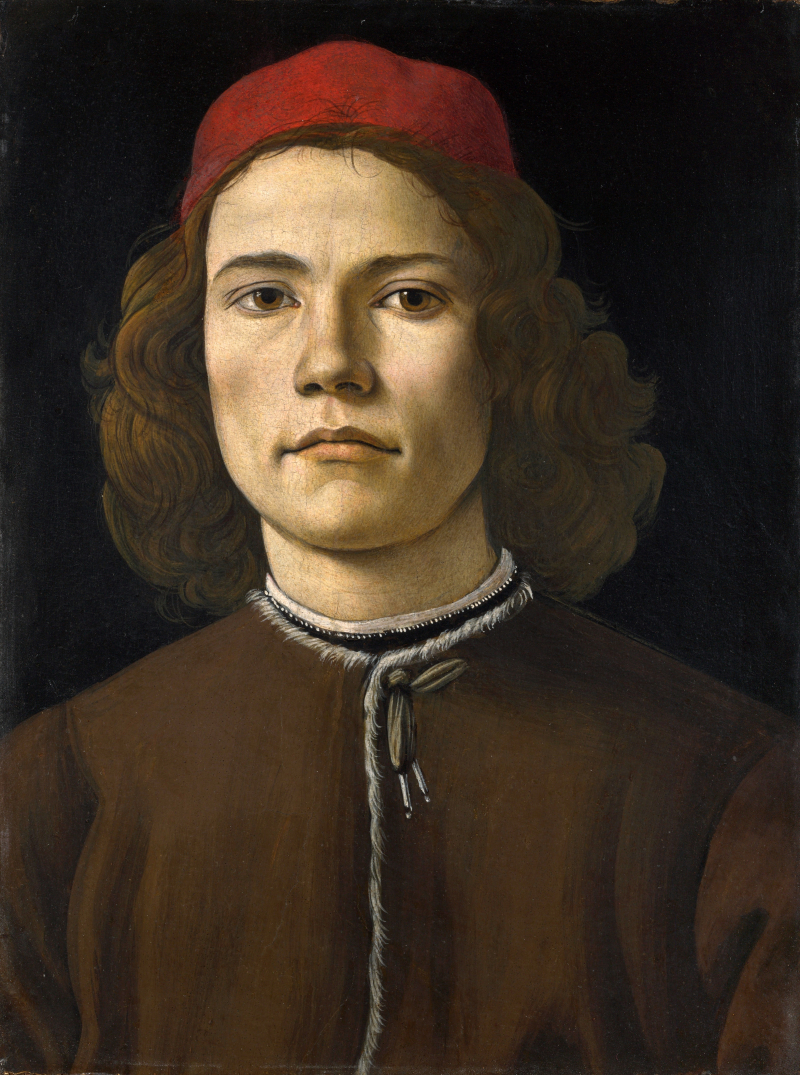
Sandro Botticelli - Wikimedia Commons 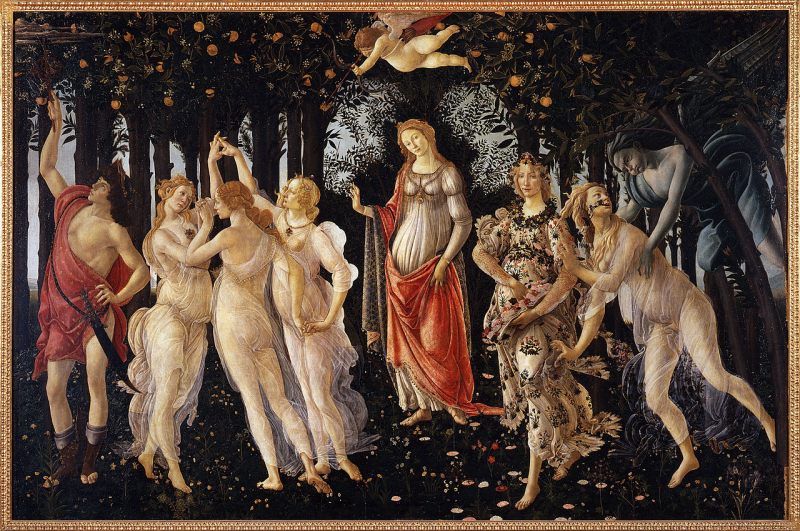
Italian Primavera - The Cheese Shop of Salem -
Hieronymus Bosch is largely regarded as the master of the triptych throughout art history. Known for his narrative-rich panel paintings with symbolism ranging from whimsical to macabre, Bosch remains one of art's earliest visionary experts despite his existence more than 500 years ago. His most famous works all mixed strange animals with Biblical themes, as well as his typically detailed design and technique.
Bosch was the first of the major Renaissance artists to depict illogical beings and universes.
His grotesque representations of humans, animals, monsters, and legendary creatures were well-known for their highly detailed and symbolic artworks, which often depicted his rendition of the narrow border separating Heaven and Hell. As Bosch tended to depict the fate of individuals who succumbed to temptation in his paintings, this led to the dominant topic of human fragility when enticed by evil or lust.
Using biblical-themed settings, Bosch contrasted horrific and mysterious animals with extremely pious themes. He was also the first artist to graphically portray unknown beings and domains to humanity, with his frequent use and depiction of Hell sticking out in his paintings. As his paintings attempted to grasp the equilibrium that existed between the natural and spiritual worlds, Bosch placed Hell in the majority of his paintings as a metaphor for society's biggest fears and wants.
His paintings often reflected ancient morality stories that proved ageless when depicted by his flawlessly steady hand. Because of the somber subject matter, Bosch's paintings were sometimes seen as an unsettling warning about man's ongoing existential challenges. As a result, his artworks were not well received for a long time, as visitors and critics noted that they were uncomfortable to look at.
Today, Bosch is considered one of the earliest visual geniuses who profoundly comprehended humanity's longings and fears.
Aside from being a prominent Renaissance period artist, Bosch is often regarded as the first modern Surrealist artist to exist, despite the Surrealism movement taking place decades later. Bosch's daring detour from depicting mere truth to the complexities of life and its unconscious mind gave his paintings a powerful sense of Surrealism. His usage of the triptych increased the dimensionality of his artworks by separating the numerous realms that he decided to incorporate.
Lifespan: 1450 – 1516
Nationality: Dutch
Art Movements: Early Netherlandish Renaissance
Most Famous Artworks
- The Last Judgement (1482 – 1505)
- The Garden of Earthly Delights (1490 – 1510)
- The Temptation of St. Anthony (c. 1500 – 1525)
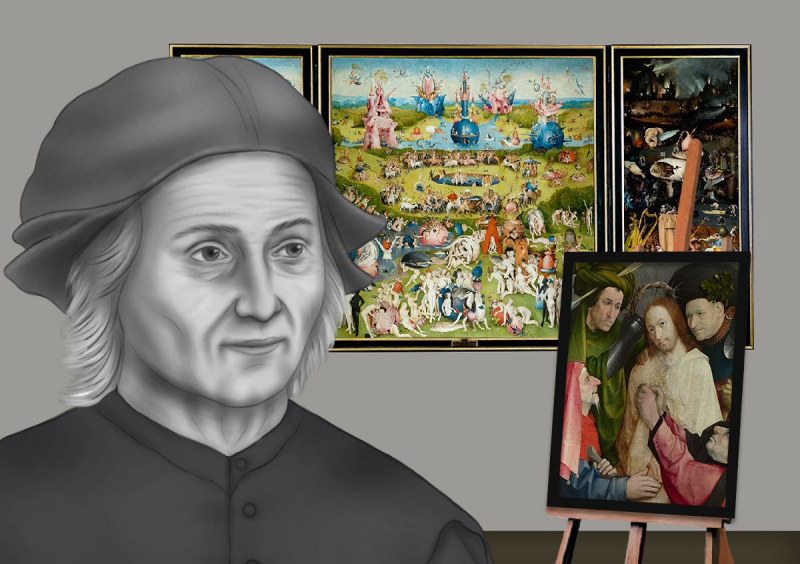
TheArtStory 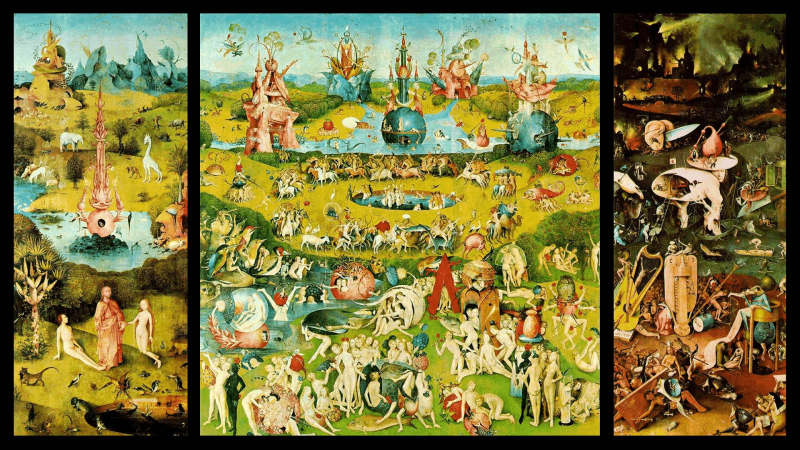
The Garden of Earthly Delights - Reddit -
Albrecht Dürer was regarded as one of the best engravers and experts in detail, light, and realism. His greatest artistic effect throughout the Renaissance was his contribution to printmaking, which was motivated by an apprenticeship with a woodworker at the start of his career. Dürer's fame was established when he was still in his twenties when he became known throughout Europe for his extraordinarily superior-quality woodcut prints.
It has been asserted that printmaking, as it has been practiced throughout art history, would not exist without the influence of Dürer. Dürer sought to refine his wood prints throughout time in order to achieve a particular level of aesthetic complexity, which revolutionized the notions and concepts of what wood printing was. Dürer, who created works of art more than five centuries ago, is still regarded as one of history's most renowned and significant printmakers because of his success in bringing massive woodcuts into the category of what was considered to be fine art.
Known for his talent as a painter, Dürer achieved some notoriety during his lifetime for his oil paintings, sketches, engraved prints, and altarpieces both domestically and internationally.His painting technique tended to merge tendencies from Italian and Northern European art into his Renaissance works, therefore he had an exceptional eye for detail. Dürer was thus regarded as the first non-Italian artist to include issues such as contemporary philosophy and other theological views in his paintings.
The majority of Dürer's artworks were religious in nature, yet he also painted several portraits over his career. His religious works were highly regarded for their exceptional technical talents and use of color, which led to these works becoming his most recognized and discussed. Later in life, Dürer developed a strong interest in numerous scientific disciplines, even going so far as to create several books on the idea of human proportion that was only released after his death.
Dürer is the most famous Northern Renaissance artist who effectively combined the rich Northern style with the ideals of the Italian Renaissance. Because of his popularity, engraved prints of his works spread over the world, allowing his reputation to expand even after his death.
Dürer, who was well aware of his own genius, had a strong influence on painters of his period, and his contributions to printmaking have yet to be surpassed.Lifespan: 1471 – 1528
Nationality: German
Art Movements: High Renaissance
Most Famous Artworks
- Self-Portrait with Fur-Trimmed Robe (1500)
- The Feast of the Rosary (1506)
- Adoration of the Trinity (1511)
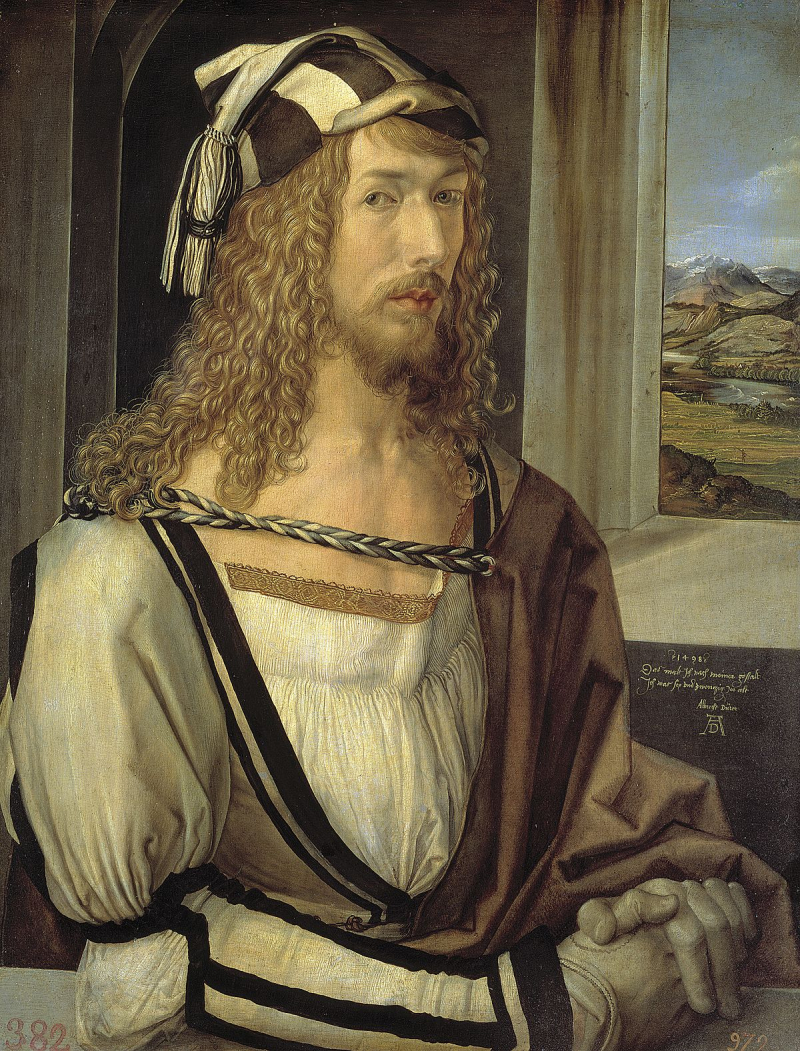
Albrecht Dürer – Wikipedia 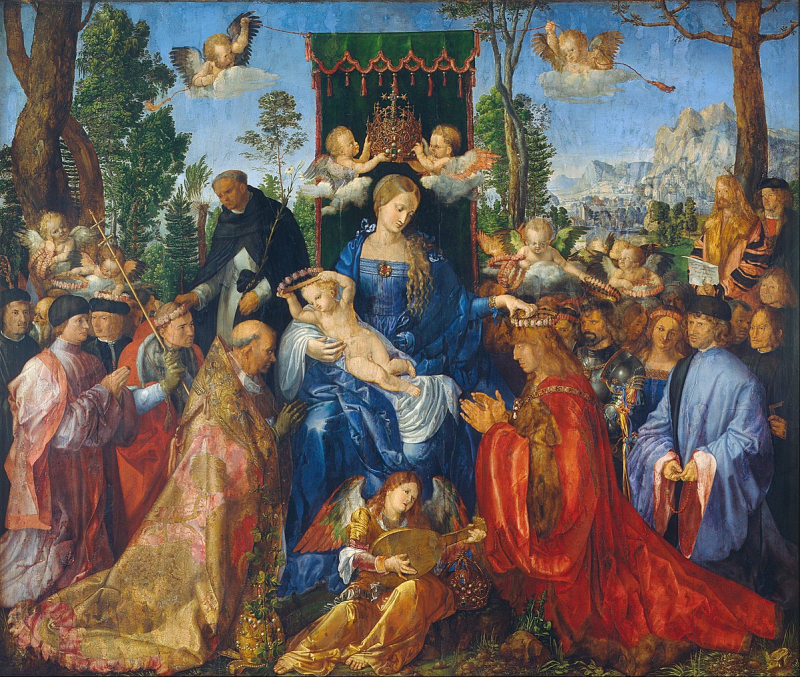
Feast of the Rosary - Wikipedia -
Titian, the originator of the Venetian style of Renaissance painting, is the next Renaissance artist on our list. Titian was often recognized as the greatest Venetian artist of the 16th century, owing mostly to his mastery of color. His painting flexibility was evident in his many works, as he experimented with portraits and landscapes, as well as religious and mythical subjects.
Before his renown was established, Titian began his profession as a youth. This eventually led to his painting for royalty and prominent persons throughout Europe, including King Philip II of Spain and Pope Paul III. Titian's paintings were noted for their versatility in terms of depth and emotions since he could express exuberant happiness as effectively as terrible sorrow. He was also recognized for his extensive use of sensual thoughts and ideals in his paintings, which demonstrated how effortlessly he transitioned between subjects.
Titian worked hard to show his figures as realistically as possible, using his oil technique to paint with precision, delicacy, and tenderness. This was supposed to heighten the sensuality of his works, which were inspired by Titian's representations of female nudity. Titian was claimed to have represented his personal passions in his paintings, therefore some of his paintings were particularly sexually explicit for the Renaissance. As a result, Titian is credited for permitting Church rulers and princes to request sexual seductions as easily as crucifixions.
Titian was far ahead of his time, combining concepts from the High Renaissance and Mannerism to create his unique style.This resulted in his power in Venetian art, since his ingenuity enabled the city to compete with other great cultural hubs such as Florence and Rome. Titian's paintings became darker and more impressionistic towards the conclusion of his career. These paintings were characterized by loose brushstrokes and a very suggestive application of paint, allowing Titian to produce a fluidity in his works that added to a heightened sense of emotion.
For 60 years, Titian was regarded as the pinnacle of Venetian art. While the subjects of his paintings changed over time, Titian was always able to maintain a distinct sense of bright colors in his works. Titian's paintings, dubbed "The Sun Amidst Small Stars" by his contemporaries, were well-known forerunners to the emotional movement of the Baroque period. Today, he is largely regarded as the greatest painter of all time, as his style and technique had a significant influence on Western art.
Lifespan: c. 1488/1490 – 1576
Nationality: Italian
Art Movements: Renaissance
Most Famous Artworks
- Assumption of the Virgin (1518)
- Bacchus and Ariadne (1523)
- Venus of Urbino (1538)
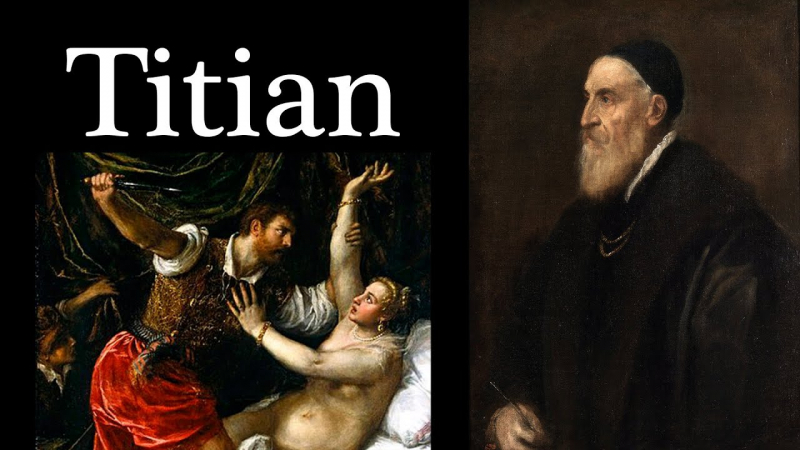
World Arts and Artists 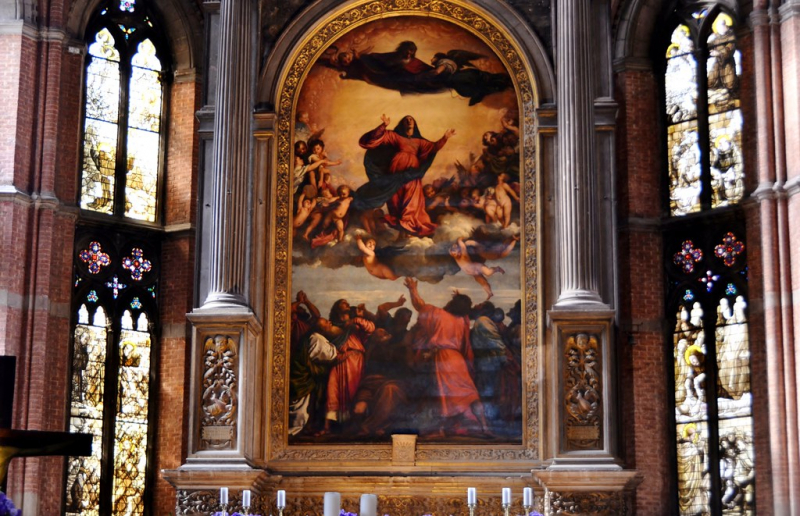
Assumption of the Virgin, 1518, in the Frari (5) - Flickr -
Giotto di Bondone, an Italian painter, and an architect was a notable Renaissance artist during the movement's peak, producing some of the era's most memorable paintings. Giotto, who was mostly known by his first name, was regarded as one of the most important artists in the history of Western art. This was because he was regarded to be the first of many excellent artists who contributed to the Renaissance with his distinctive manner of injecting humanity into Medieval art traditions.
Giotto was supposed to have predicted the Renaissance's development, ideas, and troubles by over a century. This was due to the fact that the style of his paintings contributed to the introduction of a new age in painting that united religious antiquity and the rising notion of Renaissance humanism. As a result, the quality of his works dominated European art and was thought to be unrivaled until the great Michelangelo began making similar works two centuries later.
Giotto was widely regarded as the "Father of European painting" for almost seven centuries due to his exploration of the potential between perspective and visual space.
Giotto's meticulously wrought approach brought a fresh feeling of realism to his religious allegories. As a result of Giotto's use of reality, the more progressive painters of the time saw the ostensibly "flat" Christian works as lifeless and devoid of any human feeling.Giotto's passion for humanism inspired him to investigate the tension that existed between biblical iconography and worshippers since his works drew people closer to God by making art more relevant to their daily lives. Giotto's works were also often imbued with an emotional intensity not yet seen in fine art, since his figures were represented in three-dimensional space, emphasizing their significance in addition to Christ's.
Giotto was regarded as one of the greatest Renaissance artists during his lifetime. Through his techniques that allowed him to precisely draw from life, he is credited with commencing the decisive break away from Byzantine-style art.Some art historians believe that no other artist has ever genuinely equaled Giotto's painting abilities since Giotto's paintings were the first ever to perfectly portray the gestures, faces, heartaches and delights of people and their lives.
Lifespan: 1267 – 1337
Nationality: Italian
Art Movements: Late Gothic, Proto-Renaissance, and Renaissance
Most Famous Artworks
- Adoration of the Magi (1305)
- Lamentation (The Mourning of Christ) (1306)
- Ognissanti Madonna (1310)
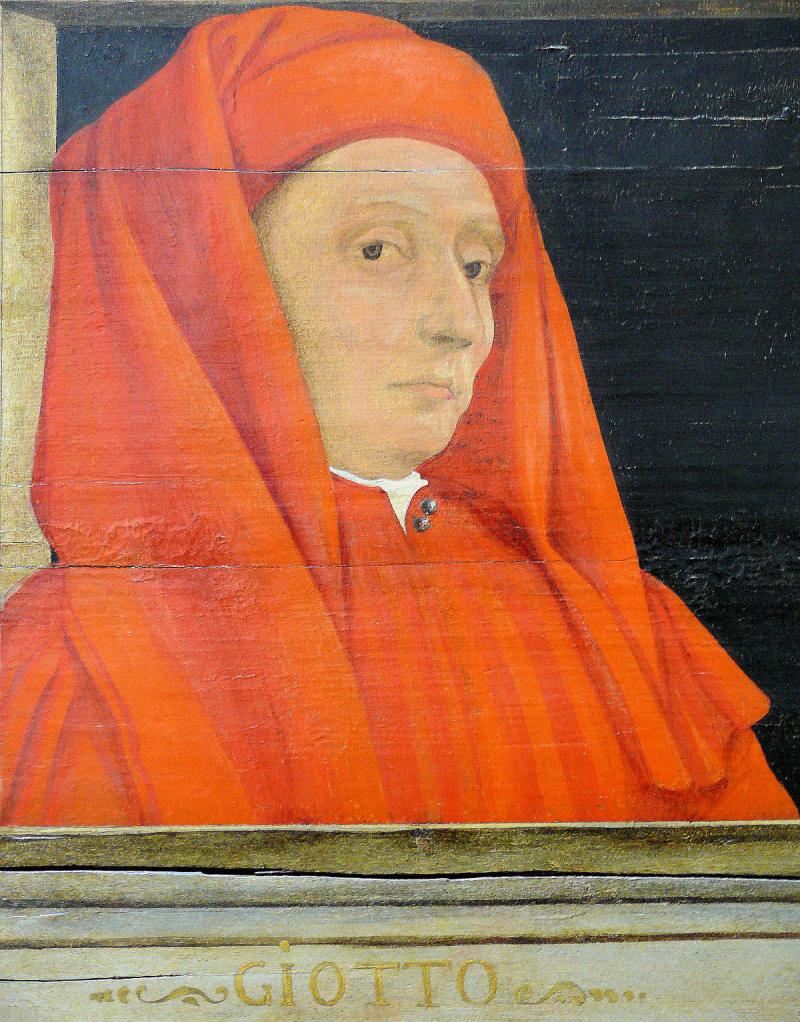
Giotto - Wikipedia 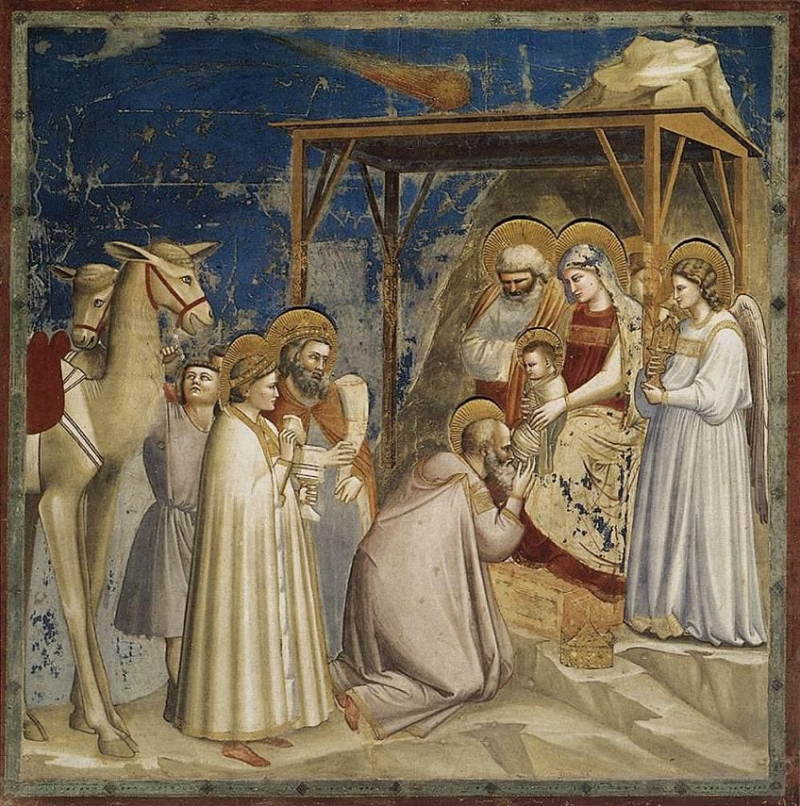
Adoration of the Magi (1304-1306) by Giotto di Bondone; Giotto di Bondone, Public domain, via Wikimedia Commons -
Tintoretto was a prominent member of the Venetian school of painters during the Renaissance. He must have been quite the character even if nothing is known about his personal life and personality. He spent barely a few days at Titian's workshop before being expelled. His impassioned painting style may have been the reason why some of his contemporaries dubbed him Il Furioso (literally The Furious), rather than his anger. Tintoretto's paintings have majesty and drama that comes from the mix of his powerful brushstrokes and epic scale.
The Venetian School, which emerged in Venice during the Renaissance, gave paintings a fresh push toward vibrant hues and dramatic lighting. The future development of Western painting was greatly influenced by the Venetian style. Tintoretto was one of the three Venetian giants of the Renaissance, together with Titian and Veronese.
Italian Renaissance painters invented perspective to provide the appearance of three-dimensional space. Tintoretto used long and expansive views to push this technique to its utmost. Tintoretto had a bold, dramatic style and a passion for monumental undertakings. His works of art are renowned for their radicalism, flamboyance, and modernity. The style and vision of highly individualistic painter Tintoretto changed during the course of his career. In his latter works, he achieved a bright visionary character as a result of his experimentation with light and space. One of the most significant artists of the late Renaissance is thought to be Tintoretto.
Lifespan: October 1518 – May 31, 1594
Nationality: Italian
Art Movements: Renaissance
Most Famous Artworks
- The Last Supper (1594)
- Crucifixion (1565)
- St Mark’s Body Brought to Venice (1566)
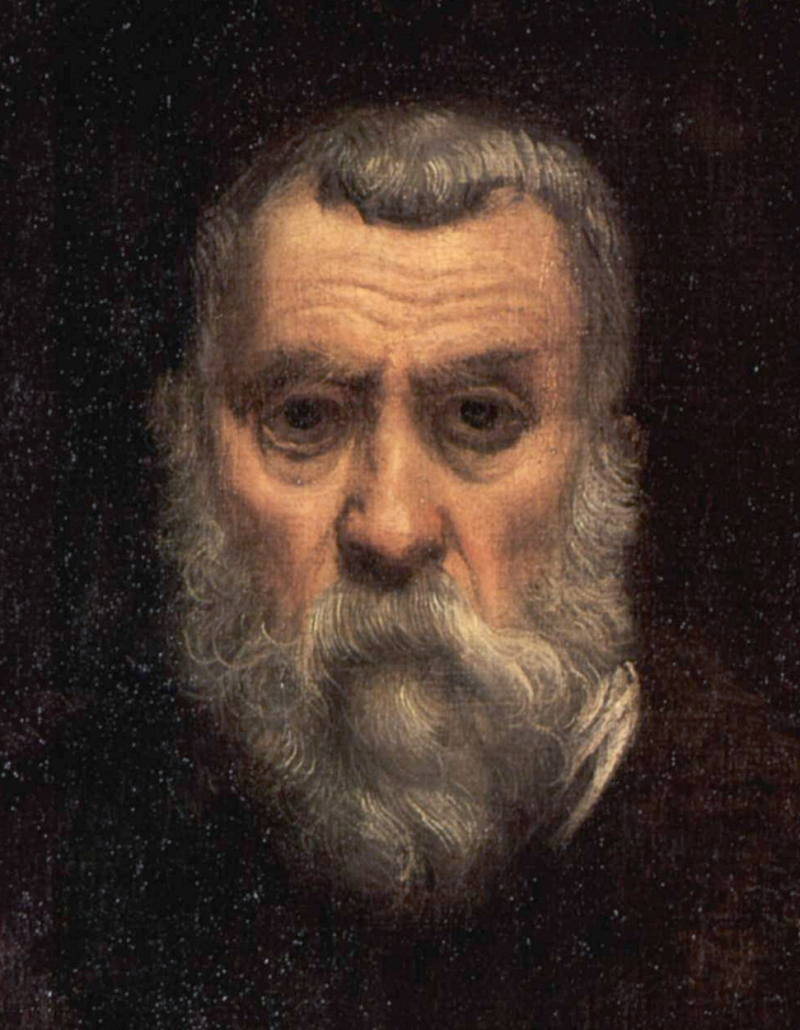
Wikipedia 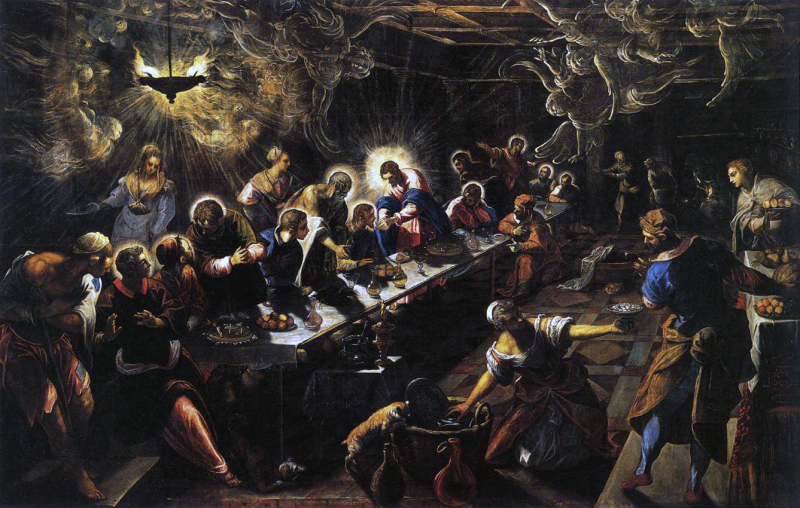
Last Supper (Tintoretto) - Wikipedia












